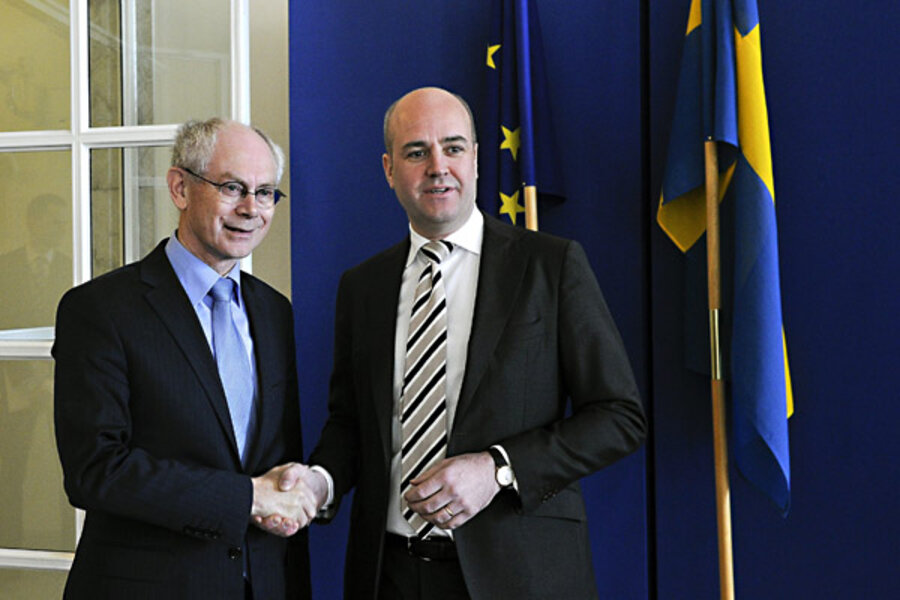Sweden: a spending reduction success story
Loading...
Paul Krugman criticizes Senator Tom Coburn for using Sweden as a good example of a country that has reduced government spending and claims that this is false using a chart showing the change in real government purchases.
But this is misleading because first of all it doesn't put spending in relation to GDP and secondly and even more importantly because it excludes transfer payments such as unemployment and sick leave benefits. The Swedish centre-right government has in fact concentrated their spending cuts to transfer payments so any analysis using only government purchases is bound to be very misleading
If we instead look at total government spending as a percentage of GDP (called "government disbursements in the OECD database) you can see that since 2006, when the current Swedish government was elected, government spending relative to GDP fell from 52.9% in 2006 to 51.8% in 2011. By contrast, during the same period, the OECD average rose from 39.7% to 44%, and in the United States it rose from 36.1% to 41.9%.








